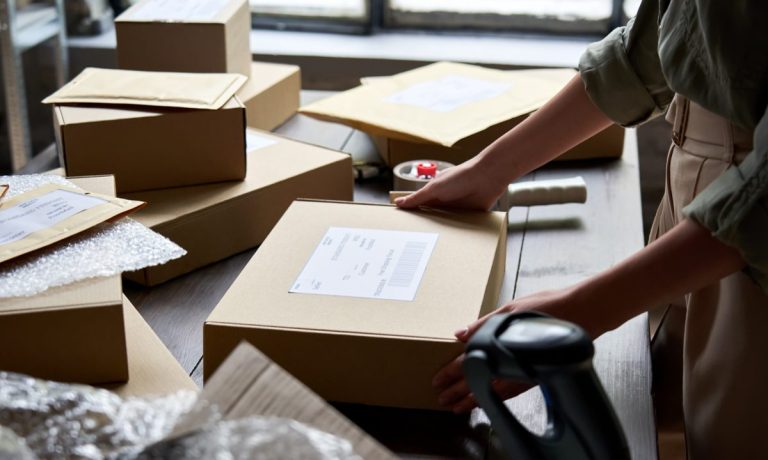
For smaller merchants, the online sale’s the easy part — compared to logistics.
For the eCommerce juggernauts — Walmart, Amazon and Shopify among them — there’s money to be made, and merchant loyalty to be minted, by offering a single point of access to handle the steps that occur after the buy button is clicked.
Fulfillment-as-a-service, FaaS as we’ll shorthand it here, covers everything from getting goods transported to warehouses (on cargo ships, etc.,) to storing them, to getting them to the customers’ doorstep.
The recent spate of earnings calls shed light on the FaaS ambitions of these firms, and while it must be said that the network buildouts are a work in progress, and are a continuing investment, management sees long-term potential in helping these SMBs compete with larger enterprises in terms of speedy delivery and a boost in sales conversions.
Shopify, in its investor materials, said that its fulfillment efforts aim to “address merchants’ pain points,” and its efforts with Flexport and Deliverr (acquired by Shopify last year) help provide that continuum of services. Shop Promise, the company’s consumer-facing badge, is used to help guarantee delivery windows (usually within two days). The investor deck notes that conversions increase by 25% for merchants using Promise.
During the conference call with analysts, Shopify President Harley Finkelstein said that the company would be “working to expand Shop Promise to all eligible U.S. merchants over the next few months.” And with some granular insight on Shopify Fulfillment Network, the company has said that compared to Q4 of 2021, the company has seen a 40% increase in orders per merchant, while Deliverr has achieved over 50% growth in units fulfilled.
Walmart’s own results as of Tuesday (Feb. 21), shows increased intent to leverage Walmart Fulfillment Services as part of its marketplace offering for sellers. Those services include shipping inventory to Walmart Fulfillment facilities, where those goods are ultimately picked, packed and shipped.
CFO John Rainey said on the conference call with analysts that the marketplace “gives us the ability to sell third-party merchandise, as well as first-party. And just this last quarter, we now have over 400 million SKUs on our marketplace.” A “significant portion” of sellers are taking advantage of the fulfillment services. Management pointed on the call to the recent announcement of the partnership with Salesforce to enable local pickup and delivery for shoppers. And as noted in this space last month Walmart is offering incentives for new third-party merchants to sell on its Marketplace, which includes a commission rate reduction of up to 25% for 90 days. The savings, as noted, include rate reductions on Walmart Fulfillment Services.
Amazon, of course, has noted in its own presentations and earnings commentary that it has doubled its fulfillment footprint over 25 years. And as reported, nearly a month ago the company began opening its invite-only Buy With Prime program to a wider merchant pool — expanding the offering to all eligible U.S. merchants.
Buy With Prime enables Amazon’s payments and fulfillment services at checkout, letting shoppers use their Prime membership to get benefits like faster, no-cost delivery. The company has said that merchants see an average conversion boost of 25%. Amazon’s latest filings show that third-party seller services sales came to $36 billion, up 24% year over year as measured in the latest quarter, excluding foreign exchange.